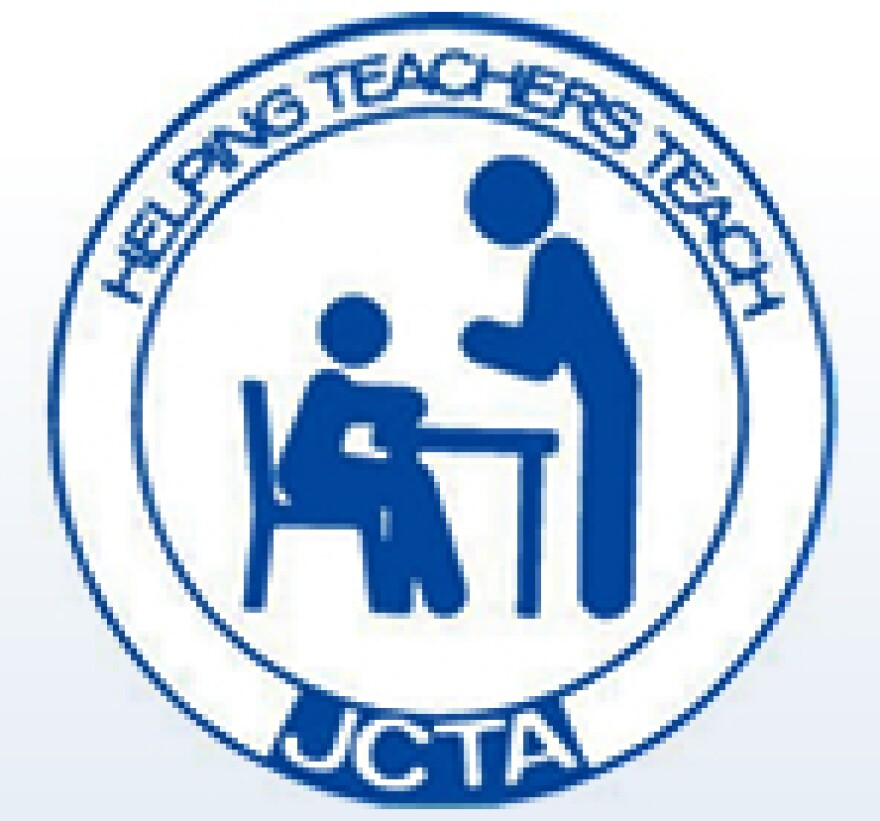The Jefferson County Teachers Association is trying to increase its role in turning around the school district’s lowest achieving schools and has laid out steps to improve collaboration between the union and Jefferson County Public Schools.
This week, JCTA president Brent McKim sent an email to JCPS superintendent Donna Hargens, in which he discussed 11 ways the union and JCPS could begin working together to improve turnaround efforts at the district’s 18 priority schools (see below).The union has been criticized by Kentucky Education Commissioner Terry Holliday for creating what he calls “perceived” barriers to school turnaround efforts, an allegation the union has denied. Earlier this year, Holliday met with JCPS officials including Hargens and gave the district a list of expectations that the district needs to address, including the "perceived contract barriers" to improving student achievement in the JCTA teachers contract. Holliday will decide later this year whether more state review or intervention is necessary at some JCPS schools and that will, in part, be decided on how the district answers Holliday's expectations.The union has not been successful at meeting with the district and KDE and McKim says the email sent to Hargens this week is the union’s attempt to find common ground with the district.“Our sense was, it would be helpful for each side to communicate both the district and the association what our vision of collaboration looks like," he says. “If nothing else, the district, administration and school board could understand at least what the union believes collaborative steps forward look like."The email follows a separate list of six recommendations proposed by the union last month for turning around priority schools. The recommendations included extending teacher planning time and pay and reducing class size at low achieving schools. McKim says the union is now recommending the creation of a joint union and district team that considers the needs of teachers and staff working inside the schools. McKim says this would also increase staff buy-in.Below are the 11 "steps" to collaboration, which were sent to Hargens this week.
- Identify common ground strategies for supporting priority school improvement.
- Develop any memoranda of agreement that might be needed to implement common ground strategies and begin the ratification process for these agreements.
- Identify a process with neutral facilitators to support conversations and deep listening at priority schools regarding what these schools need from the district, from the state, and from the union in order to improve success for students.
- Using the facilitated process identified in #2 above, begin the process of asking schools to identify what they need to be more successful.
- Determine general logistical and financial parameters within which expanded options could be made available to priority schools, such as extended days for students and/or staff, reduced class size, enhanced technologies, and so on.
- Based on general parameters determined in #4 above, develop an informative joint JCPS-JCTA presentation to priority school staffs explaining expanded options available to them and ask priority schools to utilize the facilitated support process (#2 above) to each determine improvement strategies. (For example, one school might design an extended school day for staff and students five days per week. Another school might design an extended day for students three days per week with extended days for staff five days per week. Another school might design an extended school day for students by having certain teachers start a "second shift" beginning one or two periods later in the day and staying later, but with all teachers operating on a regular 7-hour day. Yet another school might choose to focus on reduced class size without changing the length of the school day. And so on.)
- Based on the feedback from #2 above, JCPS, JCTA, and KDE would collaborative develop a plan for meeting the needs identified by the staff at priority schools.
- Based on the feedback from #5 above, JCPS, JCTA, and KDE would work with priority schools to fine-tune their improvement strategies in order to comply with necessary factors such as district logistical and financial limitations, local, state, and national policy requirements, and so forth.
- Plan and implement a joint positive public relations communication campaign focused on the value and significance of this joint work at both the district and building levels.
- Design support processes for schools interested in looking into the NY Performance Standards Consortium.
- Set up an ongoing collaborative structure for overseeing and supporting this work together.






